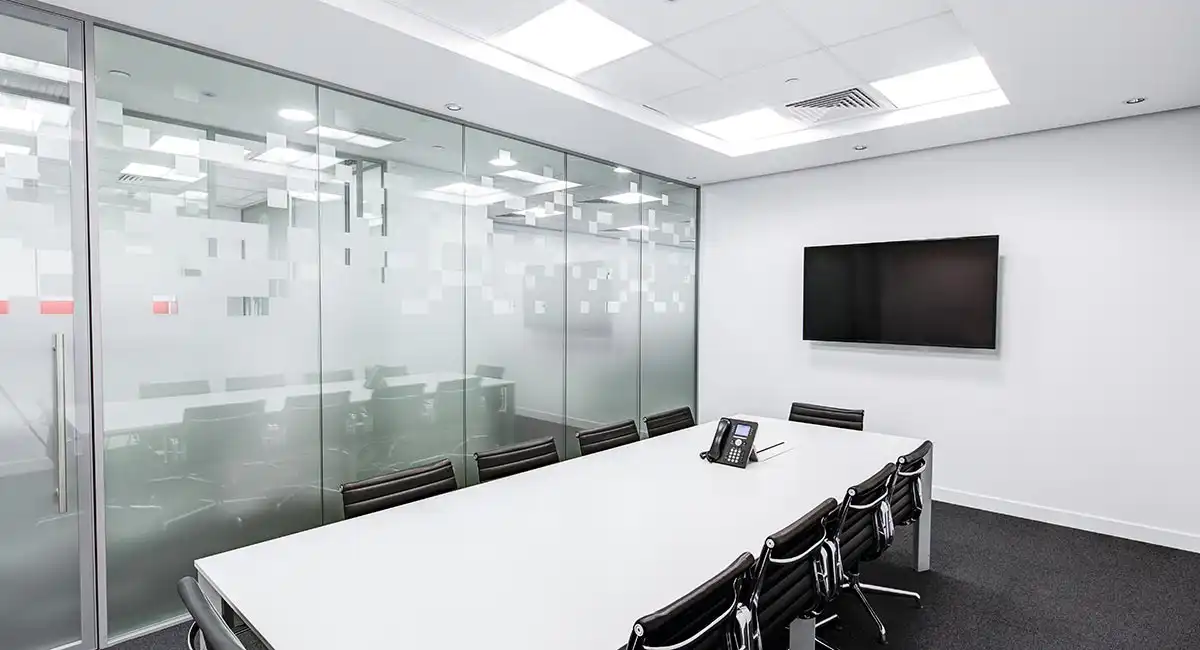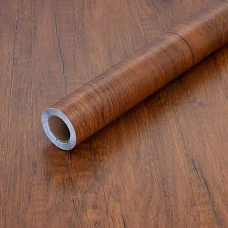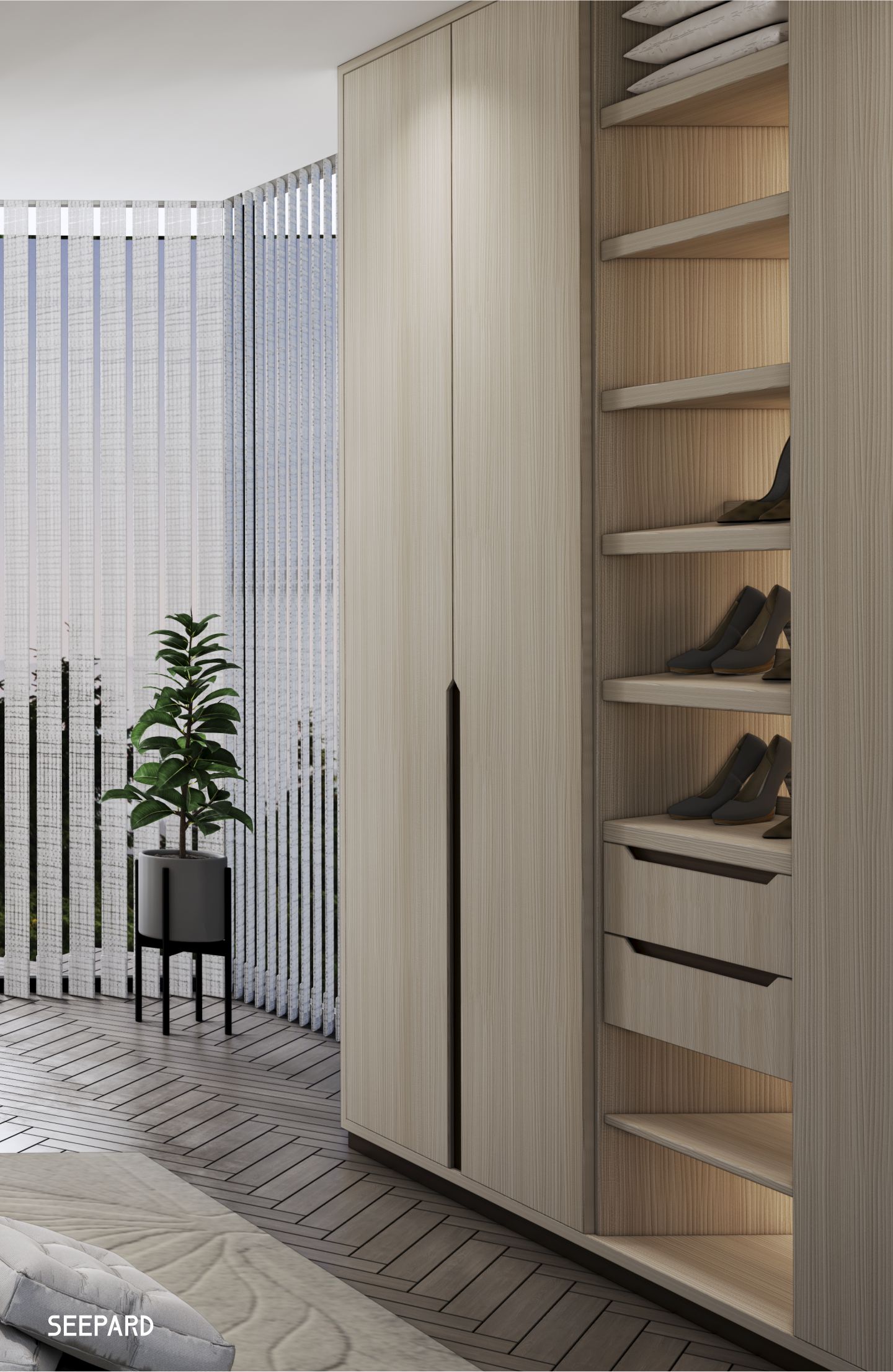How do different materials in decorative base paper affect its properties?
The realm of decorative base paper, a critical component in furniture and interior design, is an intricate blend of artistry and technical prowess. Understanding the influence of various materials on its properties is not just about appreciating its aesthetic value, but also about recognizing its functional versatility. This expanded exploration delves deeper into each material’s contribution to the overall performance and appeal of decorative base papers, particularly in furniture applications.
1. Wood Pulp: The Foundation of Paper Strength and Texture
Softwood vs. Hardwood Pulp: Softwood pulp, from trees like pine and spruce, is characterized by long fibers that provide exceptional strength and resilience, making it ideal for furniture paper used in high-usage areas. Hardwood pulp, from trees like birch and maple, has shorter fibers, lending a smoother texture for detailed printing, vital for decorative accents.
Impact on Paper’s Life Cycle: The type of wood pulp used can influence the paper’s longevity. For instance, furniture paper in high-traffic settings benefits from softwood pulp due to its durability.
Sustainability Considerations: With a growing focus on eco-friendly materials, the sourcing and processing of wood pulp are also crucial. Sustainable forestry practices ensure a reduced environmental impact, a factor increasingly important to consumers.
2. Fillers: Refining Paper Quality and Feel
Improving Paper Characteristics: Calcium carbonate and kaolin clay not only enhance the paper’s opacity and brightness but also impact its weight and texture. This is essential in furniture paper, where a balance between durability and aesthetic appeal is key.
Technological Advancements in Fillers: Modern advancements in filler technology allow for better integration into the paper matrix, resulting in a more uniform appearance and feel, crucial for high-end furniture finishes.
FURNITURE DECORATION PRINTING PAPER
3. Binders and Adhesives: Ensuring Cohesion and Flexibility
Advances in Adhesive Technology: The development of synthetic adhesives has enabled papers to withstand various stresses without compromising their integrity, an essential feature for furniture surfaces that are often subjected to bending and folding.
Balancing Rigidity and Flexibility: For furniture applications, the binder-to-fiber ratio is carefully calibrated to ensure the paper maintains its shape while also being malleable enough to conform to different furniture contours.
4. Dyes and Pigments: The Art of Coloration
Color Selection and Consistency: The choice of dyes and pigments is pivotal in achieving the desired hue and consistency. This aspect is particularly significant in furniture paper, where color matching and longevity are key to maintaining the aesthetic of a living space.
Technological Innovations in Color Stability: Advances in pigment technology have greatly enhanced color stability, ensuring that the decorative base paper retains its vibrancy even under prolonged exposure to light and heat, a vital attribute for furniture exposed to varied environmental conditions.
5. Sizing Agents: Modulating Paper Absorbency and Resistance
Role in Printing and Durability: Sizing agents not only affect the paper’s resistance to liquids but also its printability. This is crucial for furniture paper that often features intricate designs and patterns.
Customizing for Specific Applications: The type and amount of sizing agent used can be tailored to specific furniture applications, such as moisture resistance for kitchen and bathroom furniture papers.
6. Specialty Additives: Tailoring to Specific Needs
Fire Resistance for Safety: Additives that impart fire resistance are particularly important for furniture paper used in commercial settings, where safety regulations often mandate fire-retardant materials.
Antimicrobial Properties for Hygiene: In healthcare and food-preparation settings, papers with antimicrobial additives offer an added layer of safety and cleanliness, a growing concern in furniture design.
The materials used in decorative base paper are not just mere components; they are the essence that defines its functionality, durability, and beauty. From the robustness imparted by wood pulp to the aesthetic enhancements offered by dyes and pigments, each element plays a strategic role, particularly in furniture applications.
As the demand for aesthetically pleasing, durable, and versatile decorative papers in furniture design continues to grow, the importance of understanding these materials and their impact on paper properties becomes ever more significant.




